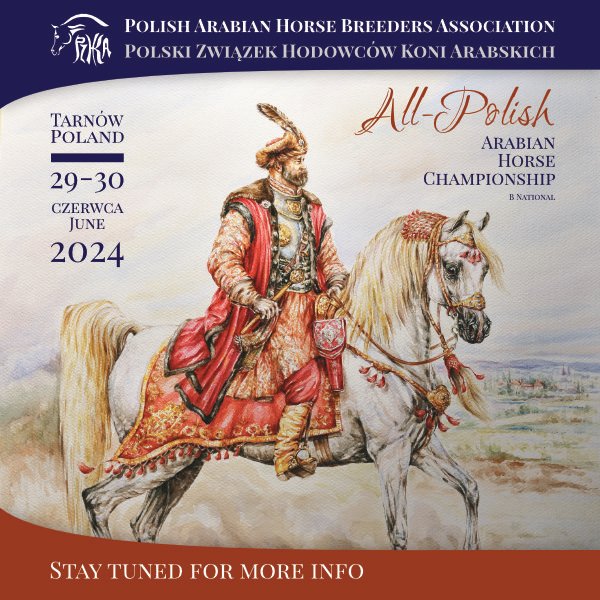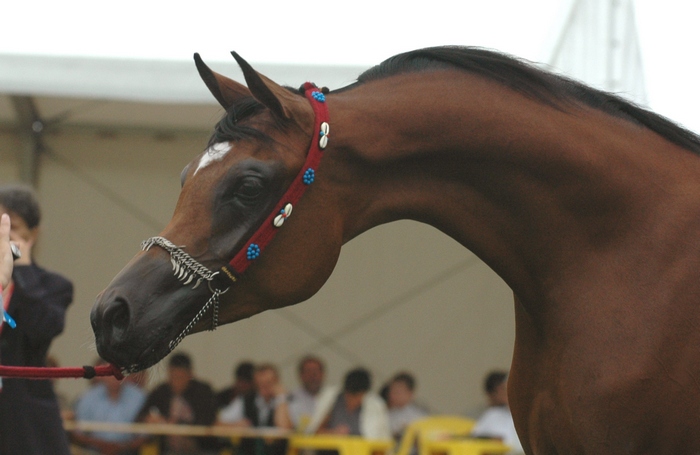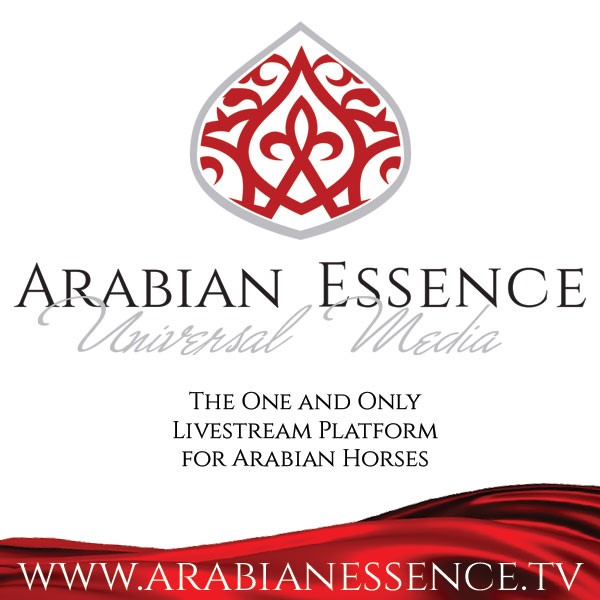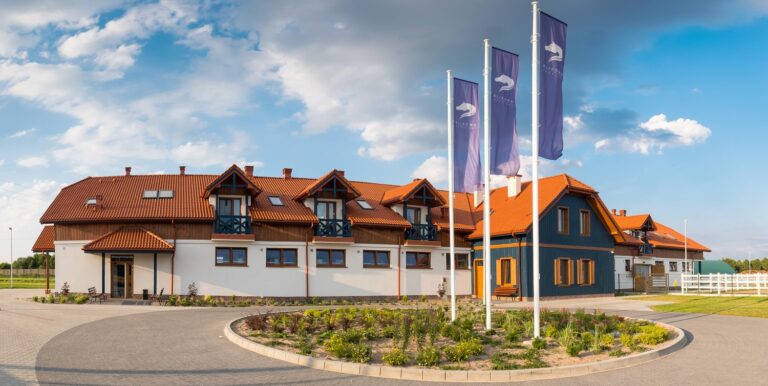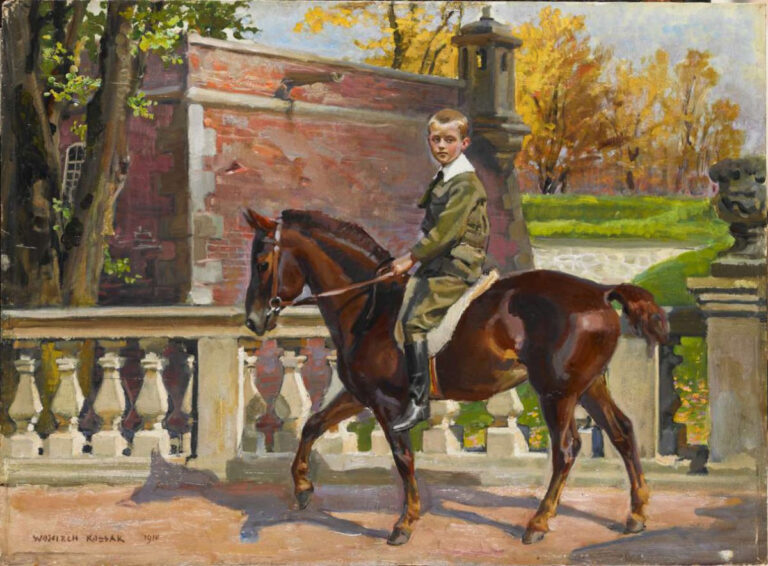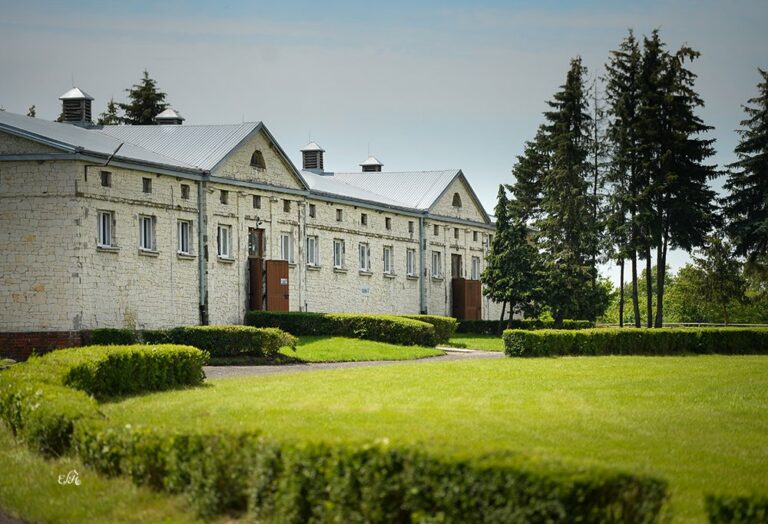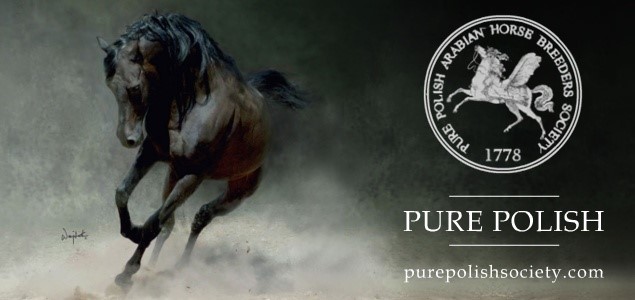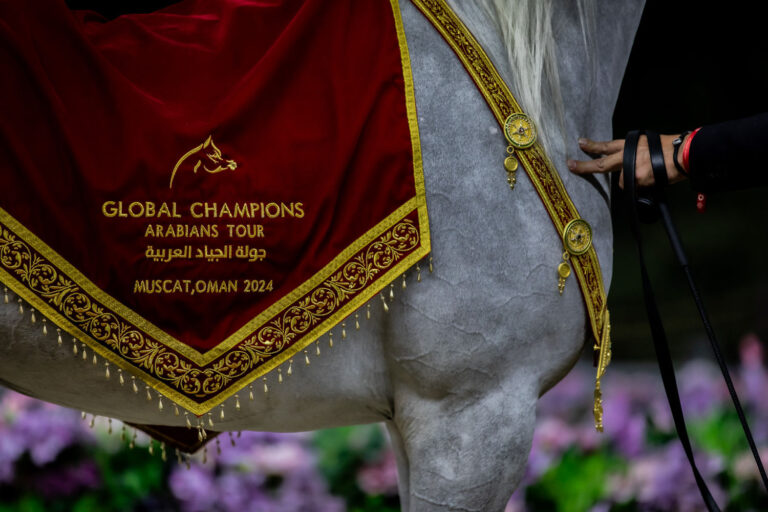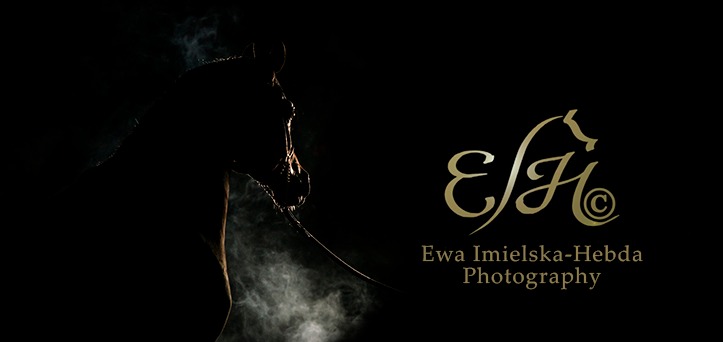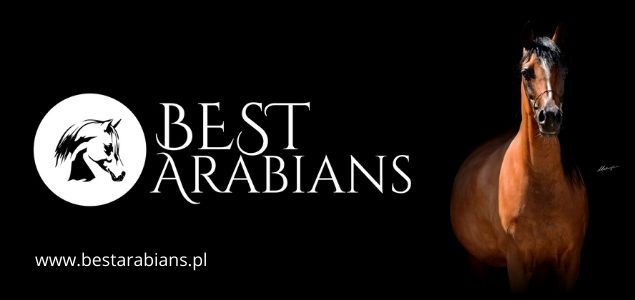Things to be considered before the upcoming breeding season: must all sires cover? Should all mares be bred? Time for a change of strategy!
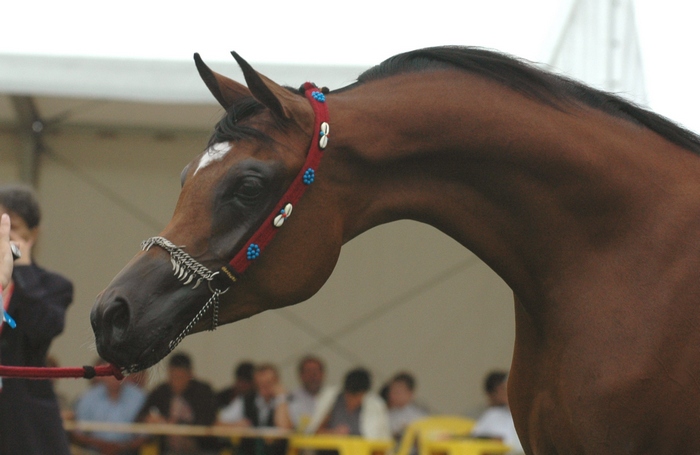
18 years ago, together with the change of the political system, all restrictions vanished and there was a chance, without special permits, to purchase a horse of a breed that was up to then a strict state monopoly. Back then Arabian horses sold like hot cakes! What in 1985, during the decline of communism, Professor Ewald Sasimowski of the Agricultural University in Lublin referred to as “exclusive export material hermetically isolated from the community”, suddenly found its way “under thatched roofs” and it turned out that purchasing an Arabian horse is not an activity reserved solely for American millionaires or petroleum sheikhs. If at the beginning of the 90s of the latter century a herd of Arabian horses in private hands in Poland was a mere “island in the ocean” and consisted mainly of lesser quality rejects from state breeding, then in 2006 private breeders owned more than 2/3 of the Arabian horse population registered in the PASB, while individual owners achieved the highest show and racing honors, often surpassing pupils of the State Studs.
This situation, initially quite cozy for private breeders, lately began to turn against them. For the basic laws of economy came into view – the law of supply and demand – while the Marxism theory of quantity becoming quality obviously flopped. We already grew used to the fact that even an individual of poor posture, with numerous conformation flaws and after injuries easily found a buyer, as long as he had the “blue papers”. However with time it
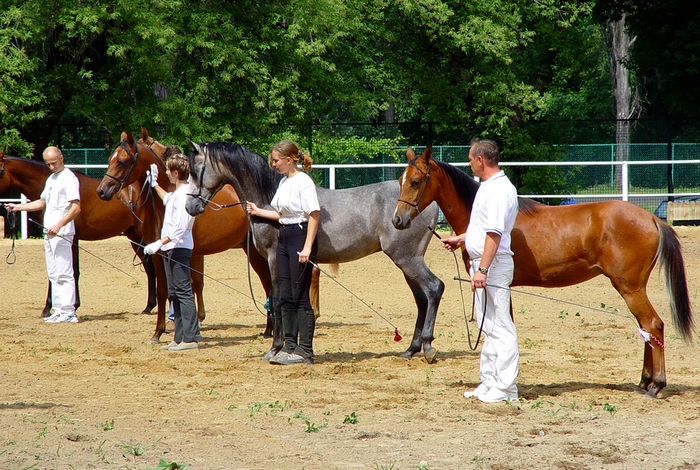
became more and more difficult. Because since the number of pure-bred broodmares in our country surpassed 1000 animals, while a breeding permit is handed out to about 160 stallions annually, then our market is not able to absorb all products of these matings!
Exactly, the stallions… This group is widely stratified. On one end we have the elite of Polish breeding – multi show champions of the highest rank, while on the other end – stallions which obtained breeding permits based on applications addressed to the PASB registry, mainly used by the owner under saddle or for covering a few of his mares, possibly some of his neighbors’. Breeders with money to spare can choose from foreign, top stallions and import their semen. The Agricultural Property Agency offers stallions in three price categories. The stallion that we choose for our mare will affect the price we can expect for the offspring, as well as the chances of selling it.
There are questions, poised even at the Polish Arabian Horse Breeders’ Association conventions – would a requirement of acquiring a license for pure bred Arabian stallions, similar to half-breds or pure-breds in some countries (for example “premiering” in Sweden), change things? Would it force breeders to give up quantity and draw their attention to quality? Perhaps, but the same role is played out by the “invisible hand of the market”. Already potential mare buyers pay close attention to whether they are covered by top-league stallions and readily purchase those, whose “content” is more valuable than the “packaging”. This is done especially by those breeders, who wish to achieve show success, as here the era of outsiders has long ceased to exist and the progeny of third league sires has a rather slight chance to excel in the ring. So if we have such ambitions, but cannot afford to breed a larger number of mares to acknowledged stallions (of a higher breeding fee), perhaps it is better to think of reducing the herd? This solution may prove beneficial even if we’re not planning on winning shows, but just want to improve the market attractiveness of the progeny and – in turn – achieve higher prices for them.
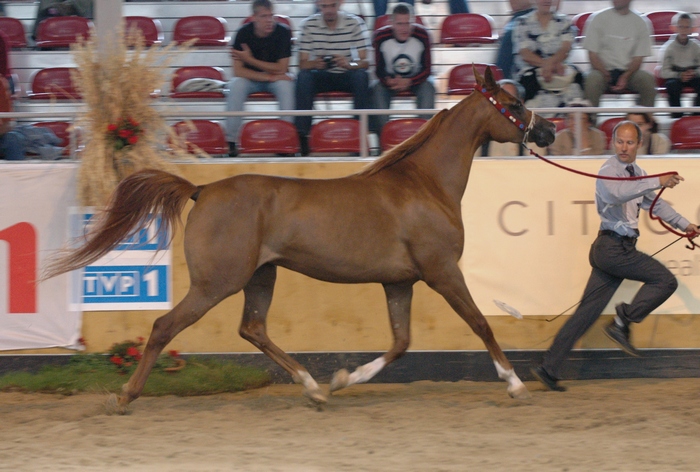
Of course not all horses can become champions and not everyone must want to breed specimen caustically called “poodles” by some. We must also take into consideration that various parts of Poland still differ in terms of the standard of living. And so, many inhabitants of the East part of the country would want to breed Arabians, but cannot afford those of class quality. There are novice breeders, who do not want to start of with valuable material, scared of the risk involved. Finally there are the aficionados of recreational riding, especially hacking, who value Arabians for their stamina, together with their intelligence and affection towards man and not for their titled ancestors or muzzle resembling a sea horse. Those clients are the potential buyers of progeny of the mares and stallions without show successes under their belt. However that offspring must be well behaved and breeders should select breeding material mainly in terms of health and character.
The times of “versatile usage” have come to an end. The stratification in the Arabian horse population is already a fact, whether we like it or not. In Poland this process is not yet as visible as for example in France or the Arabic countries, where horses are bred within isolated “show”, “racing” and “endurance” strains, but is unavoidable. Large studs can assemble groups of mares of a certain type, breed them to similar stallions and create show or racing “programs”, but the small breeder must decide on one thing. If the standard of living in Poland should rise significantly, followed by an establishment of proper habits, we would have a jam-packed calendar of regional shows, consisting of both halter and saddle classes. That way every breeder would have his five minutes of fame to present his “product”, which would enable him to promote it and increase the chances of selling.
Such a situation is present in the US, where in each county, all year round, are shows for various horse and rider categories, offering a wide range of competitions. There are halter classes, Arabian equivalents of “regular” dressage, show jumping and harness driving, costume classes, western classes – both in open forms, as well as with restrictions, for example for amateur owners or with an age limit. Apart from the above the Americans can also choose from endurance rides, ranging from professional to amateur. These various
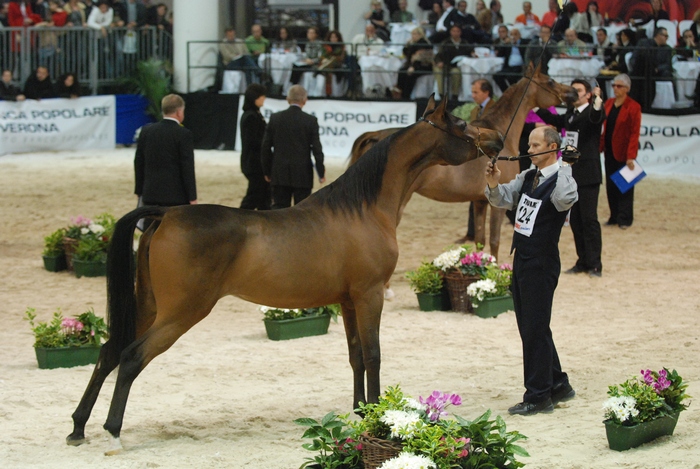
forms of competition enable horses of different traits and quality to have a chance at achieving success, also those from small studs. They won’t be threatened by owners of Scottsdale or Nationals material, because these won’t enter their pupils into “barn-held” competitions!
However in Poland everyone thinks that they will win the Junior Spring Show in Białka at least once right off the bat, while the faintly present regional shows, not aspiring for the ECAHO affiliation as those organized by a group of aficionados in Krynice or Mińce, often do not come into effect due to lack of entries. It is not also certain that if I was able to establish classes for horses presented by amateur owners at the official shows – something which I have been trying to force through for years – would they gather a sufficient number of contestants. The Polish stratification is of a different nature: on one hand there are wealthy businessmen demonstrating whether to import the semen of WH Justice or Psytadel, and on the other hand those who do not have time to even think of entering local shows, because they are simply occupied with basic life problems.
At the same time we can encounter pathological occurrences, because when the state monopoly for breeding Arabian horses was finally broken, many breeders inspired by the spectacular successes of the Janów Sales believed that buying and simply multiplying Arabians is a straight forward recipe for success. And so it happens that the lack of expected success or simply – the lack of funds – leads to a situation where the owner ceases to control the situation and neglects registering the progeny in the stud books, or even neglects proper feeding and grooming of the bigger and bigger herd. Desperate appeals for rescuing such horses can regularly be found in the media and on message boards.
So perhaps the time has come for a change? In the abnormal conditions of the first couple of years after regaining independence we grew used to breeding all our mares to stallions that we could afford. There was a long line of buyers to every foal! However those foals and their progeny have reached breeding maturity, the market has saturated, and the cost of raising a low quality foal, often kept longer than initially planned due to the lack of potential buyers, began to exceed the possible selling price. We should consider, in the times of overproduction, if all mares have to be used for breeding (just like not all stallions must cover). Only when the life standards and certain awareness of a larger part of our community change, so that there is a larger demand for Arabian horses to be used in sports and recreation, will a market be created for horses of lesser beauty, with conformation flaws and a smaller number of champions in their pedigree, but hardy, steadfast, easy to manage and ride.
Already we should think about what we will specialize in, depending on our own qualifications, funds and access to professional help (riders or handlers). The right assessment of the situation will enable us to leave such a number of mares in the herd to be able to cover them with stallions suitable for them and our breeding goal and not simply those with the lowest stud fee or standing closest to our stud. I have made such an assessment and am planning to reduce my herd.


